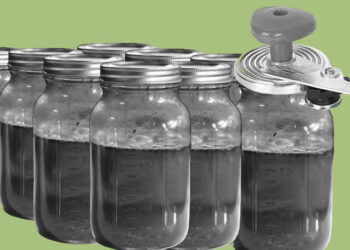Politics
The Slogans, Posters and Language of the Karabakh Movement
One of the distinctive characteristics of the Karabakh Movement was that in less than three years, it drastically changed how the Soviet value system was perceived. The visual and verbal manifestation of this was evident through the transformation of the language and texts of the posters and signs used during the Movement.
Armenia in Crisis Again?
Demonstrators led by Nikol Pashinyan, leader of the Civil Contract party, have shut down a major square in Yerevan, paralyzing the downtown core of the capital to protest former President Serzh Sargsyan’s candidacy for the office of prime minister.
From National Security to the Concentration of Power
A newly adopted law on the “Formation and Activity of the Security Council” was recently passed in parliament that gives the new prime minister more powers over the country’s defense policy. This law came into effect to comply with the package of reforms that was passed in the 2015 Constitutional referendum.
The Karabakh Movement and Azerbaijan
Tatevik Hayrapetyan writes that the Karabakh Movement was a catalyst for domestic developments in Azerbaijan. Unlike in Armenia, however, alternative forces like the Azerbaijani Popular Front in Azerbaijan, couldn’t find a way to collaborate with the local Communist Party. The issue of Karabakh and anti-Armenian propaganda was thereby used in their struggle against the Communist regime.
Security Dilemma and Failed Opportunity: The Armenian Republic in Kars
In an exclusive interview with EVN Report’s contributor Varak Ketsemanian, Alexander Balistreri of the University of Basel reflects on some of the larger historical and historiographical problems pertinent to the region around Kars a century ago and sheds light on the political and military developments that shaped the policies of the Armenian government and the larger regional powers.
Protecting Children’s Personal Data in Armenia
Shushan Doydoyan is the head of the Personal Data Protection Agency of the Ministry of Justice in Armenia. In this piece for EVN Report, she writes about the need to protect children's personal data, the law and media's responsibility.
Six Lessons From the Failed Armenian-Turkish Rapprochement
Armenia’s president signed a decree on March 1 announcing the controversial Armenian-Turkish protocols null and void. Now that the the protocols are a thing of the past, Vahram Ter-Matevosyan writes that the time has come to draw some lessons from an initiative that was long dead.
Ten Victims, Ten Years, Zero Culpability
Ten years after the worst post-election clashes in the history of Armenia’s independent statehood that left ten people dead and hundreds injured, the wounds are still fresh and the pain raw. In this personal essay, Hamazasp Danielyan writes about the events leading up to March 1, 2008 and reflects on his personal transformation.
The Karabakh Movement or What was Happening in Soviet Armenia 30 Years Ago
Harutyun Marutyan writes that the Karabakh Movement was not only the first of the Eastern European revolutions, but it played a considerable role in the democratization of Soviet society, was pivotal in the deconstruction of the Soviet Union and consequently in the elimination of the threat of communism.
The Cost of Political Activism and Jars Full of Sewage
City councillor Marina Khachatryan was attacked by a group of male colleagues when she attempted to hand a glass jar of raw sewage to Mayor Taron Margaryan to highlight the issue of seeping sewage in the Nubarashen district of the capital city.












